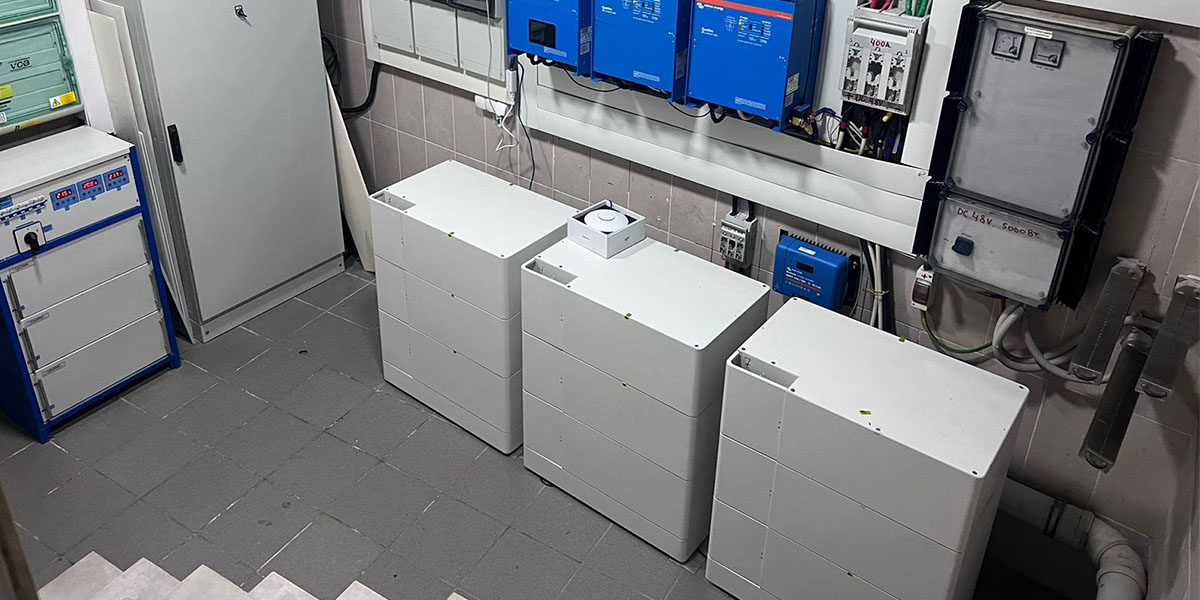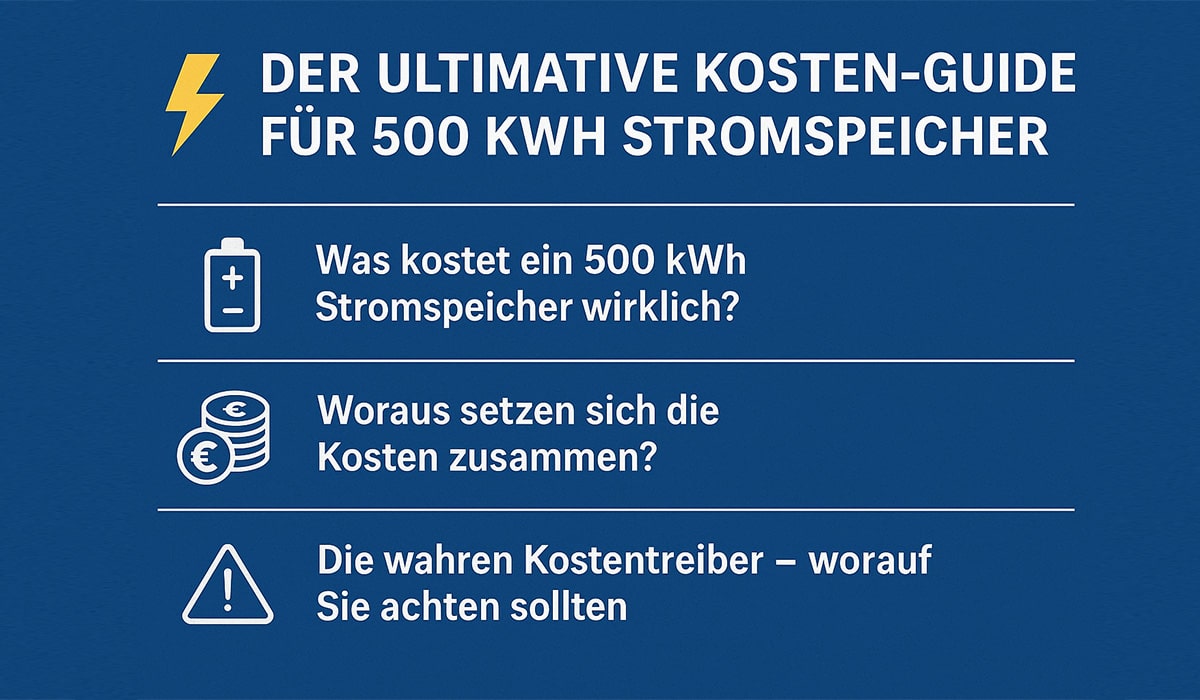Blog
Blog
100Ah vs 200Ah Battery: A Comprehensive Comparison of Cost, Safety, and Sustainability
Published by Dawnice, February 25, 2025
When it comes to choosing the right battery for your energy storage needs, the decision often boils down to two popular options: the 100Ah (ampere-hour) and the 200Ah battery. Both have their unique advantages and drawbacks, but how do they stack up when it comes to cost, safety, and environmental impact? In this blog, we’ll dive deep into the 100Ah vs 200Ah battery debate, helping you make an informed decision.
Cost Comparison: 100Ah vs 200Ah Battery
1. Purchase Cost
The upfront cost of a battery is often the first consideration for most buyers. Generally, a 200Ah battery will cost more than a 100Ah battery. However, the price difference isn’t always linear. For example, a 200Ah battery might cost 1.5 to 1.8 times the price of a 100Ah battery, rather than double. This is because larger batteries often benefit from economies of scale in manufacturing.
- 100Ah Battery: Typically ranges from 150to300, depending on the brand and technology (e.g., lead-acid, lithium-ion).
- 200Ah Battery: Usually costs between 300and600, with lithium-ion variants being on the higher end.
2. Maintenance Cost
Maintenance costs can vary significantly based on the type of battery. Lead-acid batteries, for instance, require regular maintenance, such as topping up with distilled water and ensuring proper ventilation. Lithium-ion batteries, on the other hand, are virtually maintenance-free.
- 100Ah Battery: If you opt for a lead-acid 100Ah battery, expect to spend time and money on maintenance. Lithium-ion options, while more expensive upfront, save on long-term maintenance costs.
- 200Ah Battery: Similar maintenance considerations apply, but the larger capacity means fewer cycles, which can extend the lifespan and reduce long-term costs.
3. Additional Costs
Additional costs include accessories like battery management systems (BMS), inverters, and wiring. A 200Ah battery may require a more robust BMS and thicker wiring, which can add to the overall cost. However, these costs are often offset by the longer lifespan and higher efficiency of larger batteries.
Safety Considerations: 100Ah vs 200Ah Battery
1. Risks of Thermal Runaway
Thermal runaway is a critical safety concern, especially for lithium-ion batteries. It occurs when a battery overheats, leading to a chain reaction that can cause fires or explosions. Larger batteries, like the 200Ah, store more energy and thus have a higher risk of thermal runaway if not properly managed.
- 100Ah Battery: Lower energy storage means a reduced risk of thermal runaway, making it a safer option for smaller setups.
- 200Ah Battery: While the risk is higher, modern 200Ah batteries often come with advanced safety features, such as built-in BMS and thermal sensors, to mitigate this risk.
2. Failure Probability
The probability of failure increases with the complexity and size of the battery. A 200Ah battery has more cells, which means more points of potential failure. However, high-quality 200Ah batteries are designed to minimize this risk through robust construction and quality control.
- 100Ah Battery: Fewer cells mean a lower probability of failure, making it a more reliable option for smaller applications.
- 200Ah Battery: While the failure probability is higher, the overall reliability can be comparable if you invest in a reputable brand.
3. Efficiency and Losses
Efficiency is another critical factor. Larger batteries often have lower internal resistance, which translates to higher efficiency and fewer energy losses during charging and discharging.
- 100Ah Battery: May have slightly higher energy losses due to higher internal resistance.
- 200Ah Battery: Typically more efficient, with lower energy losses, making it a better choice for high-demand applications.
Environmental Impact: 100Ah vs 200Ah Battery
1. Carbon Footprint Analysis
The environmental impact of a battery is often measured by its carbon footprint, which includes the emissions generated during manufacturing, transportation, and disposal.
- 100Ah Battery: Smaller batteries have a lower carbon footprint during manufacturing and transportation. However, if you need multiple 100Ah batteries to match the capacity of a single 200Ah battery, the overall carbon footprint may increase.
- 200Ah Battery: While the initial carbon footprint is higher, the longer lifespan and higher efficiency can offset this over time.
2. Comparative Environmental Impact
When comparing the environmental impact, it’s essential to consider the entire lifecycle of the battery, from production to disposal.
- 100Ah Battery: Ideal for smaller setups with lower energy demands, reducing the overall environmental impact.
- 200Ah Battery: Better suited for larger setups, where the higher efficiency and longer lifespan can result in a lower environmental impact over time.
3. Sustainable Considerations
Sustainability is becoming increasingly important in battery selection. Look for batteries that use recyclable materials and have a lower environmental impact.
- 100Ah Battery: Easier to recycle due to smaller size and fewer materials.
- 200Ah Battery: While larger, many 200Ah batteries are designed with sustainability in mind, using recyclable materials and eco-friendly manufacturing processes.
Conclusion
Choosing between a 100Ah and a 200Ah battery depends on your specific needs, budget, and safety considerations. While the 100Ah battery is more affordable and easier to manage, the 200Ah battery offers higher efficiency and a longer lifespan, making it a better choice for larger setups. Both options have their pros and cons, so it’s essential to weigh these factors carefully before making a decision.
FAQ
1. Is it better to use two 100Ah batteries or one 200Ah battery?
It depends on your setup. Two 100Ah batteries offer redundancy and flexibility, while a single 200Ah battery is more efficient and easier to manage.
2. How to Find Manufacturers for Energy Storage Batteries
Research online, read reviews, and contact manufacturers directly to compare prices and features. Look for certifications and warranties to ensure quality.
3. What Battery is Best to Power a Home?
For home use, a 200Ah battery is often the better choice due to its higher capacity and efficiency. However, a 100Ah battery may suffice for smaller homes or lower energy demands.
4. Replacement: The Ultimate Guide 2025
When replacing batteries, consider factors like capacity, lifespan, and compatibility with your existing setup. Always opt for high-quality batteries from reputable manufacturers.
5. How to Find a Battery Vendor for Your Business
Look for vendors with a proven track record, positive customer reviews, and a wide range of products. Consider attending trade shows or industry events to connect with potential suppliers.
By understanding the differences between 100Ah and 200Ah batteries, you can make a more informed decision that aligns with your energy needs, budget, and environmental goals. Whether you’re powering a home, a business, or an off-grid setup, the right battery can make all the difference.






